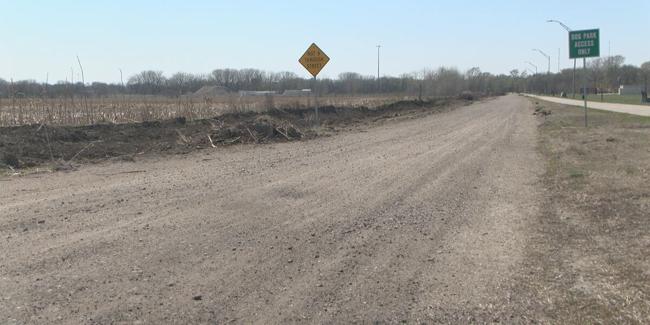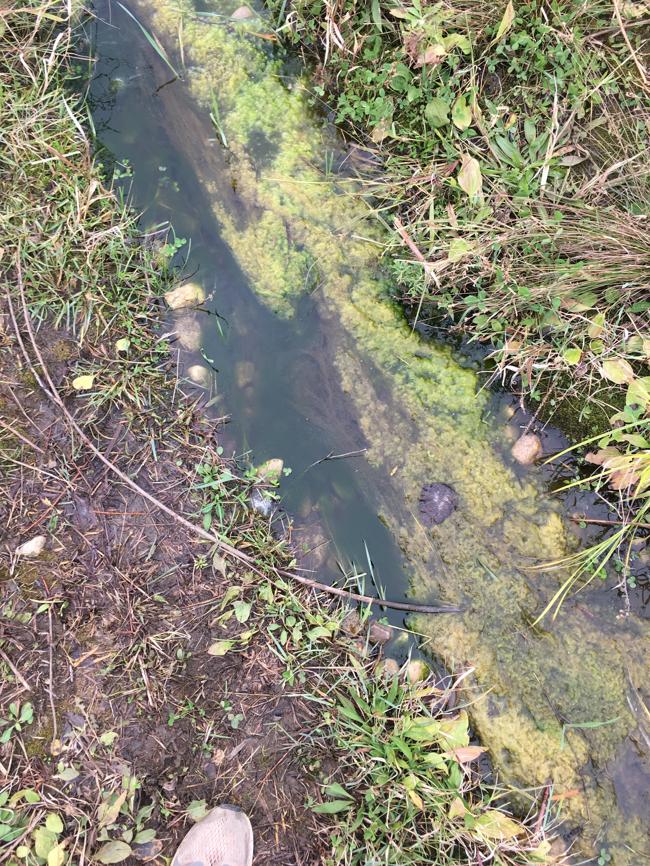Summary
SOUTH SIOUX CITY, Neb. (KTIV) – The City of South Sioux City says construction on Foundry Road, near Siouxland Freedom Park, will begin the week of April 28, with paving set to begin May 12. Crews will pave what is a gravel road right now with asphalt made entirely from recycled plastic bags.
Source: KTIV

AI News Q&A (Free Content)
Q1: What are the environmental benefits of using recycled plastic in road construction?
A1: Using recycled plastic in road construction reduces the dependency on traditional asphalt, which is derived from fossil fuels. This practice helps decrease plastic waste that would otherwise end up in landfills or oceans, thereby reducing plastic pollution and conserving natural resources. According to Wikipedia, plastic roads integrate waste plastic into the asphalt mix, which can potentially reduce the amount of plastic entering the environment as pollution.
Q2: How does the mechanical recycling of plastics impact the quality and consistency of the materials produced?
A2: Mechanical recycling involves melting and reforming plastic, which can lead to polymer degradation and inconsistency in material properties. This variability in mechanical properties, as noted in a 2025 study titled 'Suppressing Mechanical Property Variability in Recycled Plastics via Bio-inspired Design,' poses challenges for industries requiring stringent specifications. The study proposes a bio-inspired design to improve consistency and broaden applications for recycled plastics.
Q3: What challenges do recycled plastic roads face in terms of durability and ecosystem impact?
A3: The long-term performance and environmental impact of recycled plastic roads are not fully understood. The degradation of plastic aggregates over time might pose risks to surrounding ecosystems. The Wikipedia entry on plastic roads highlights that while these roads incorporate plastic waste, the effects of their degradation in the mid- to long-term remain uncertain.
Q4: What innovative approaches are being developed to enhance the use of recycled plastics in construction?
A4: Innovations such as the use of bio-inspired designs to reduce variability in recycled plastics' mechanical properties are being explored. A 2020 study titled 'Sand-Filler Structural Material with Low Content of Polyethylene Binder' discusses a compaction formation technology that achieves significant flexural strength with a low polyethylene binder content, suggesting a new avenue for recycling waste plastics in construction.
Q5: How does the recycling of PET bottles compare to other plastic recycling efforts in terms of environmental impact?
A5: PET bottle recycling is notable for its relatively high recycling rate and reduced carbon footprint. The Wikipedia page on PET bottle recycling mentions that PET bottles are lightweight and have a lower carbon footprint compared to glass bottles. In 2023, the US recycled 1,962 million pounds of PET bottles, indicating a successful recycling effort that helps reduce emissions.
Q6: What are the economic implications of using recycled plastics in road construction projects?
A6: Economically, using recycled plastics in road construction can reduce costs associated with raw materials and waste management. However, the initial costs of integrating recycled plastic technology and ensuring consistent quality might present challenges. The 2025 study on recycled plastics suggests that improving material consistency can make these practices more economically viable.
Q7: What role does policy play in advancing the use of recycled plastics in infrastructure projects?
A7: Policy plays a crucial role in promoting recycled plastics in infrastructure by setting standards and providing incentives for sustainable practices. Regulations can encourage the adoption of recycled materials by mandating their use in public projects or offering tax benefits to companies that incorporate sustainable materials. Such policies help create a market for recycled products, driving innovation and sustainability in construction.
References:
- Plastic recycling - Wikipedia
- Plastic road - Wikipedia
- Sand-Filler Structural Material with Low Content of Polyethylene Binder
- Suppressing Mechanical Property Variability in Recycled Plastics via Bio-inspired Design
- PET bottle recycling - Wikipedia





